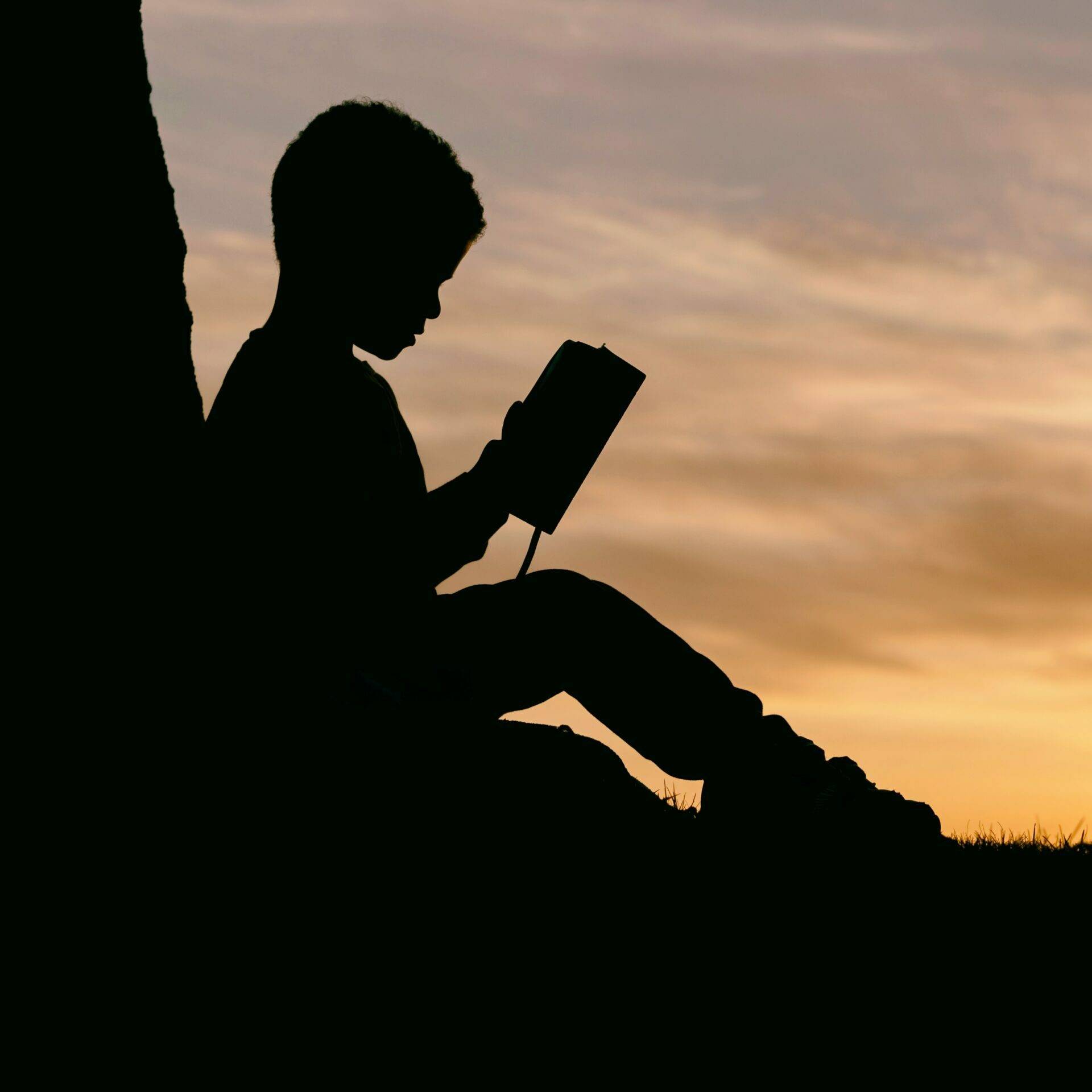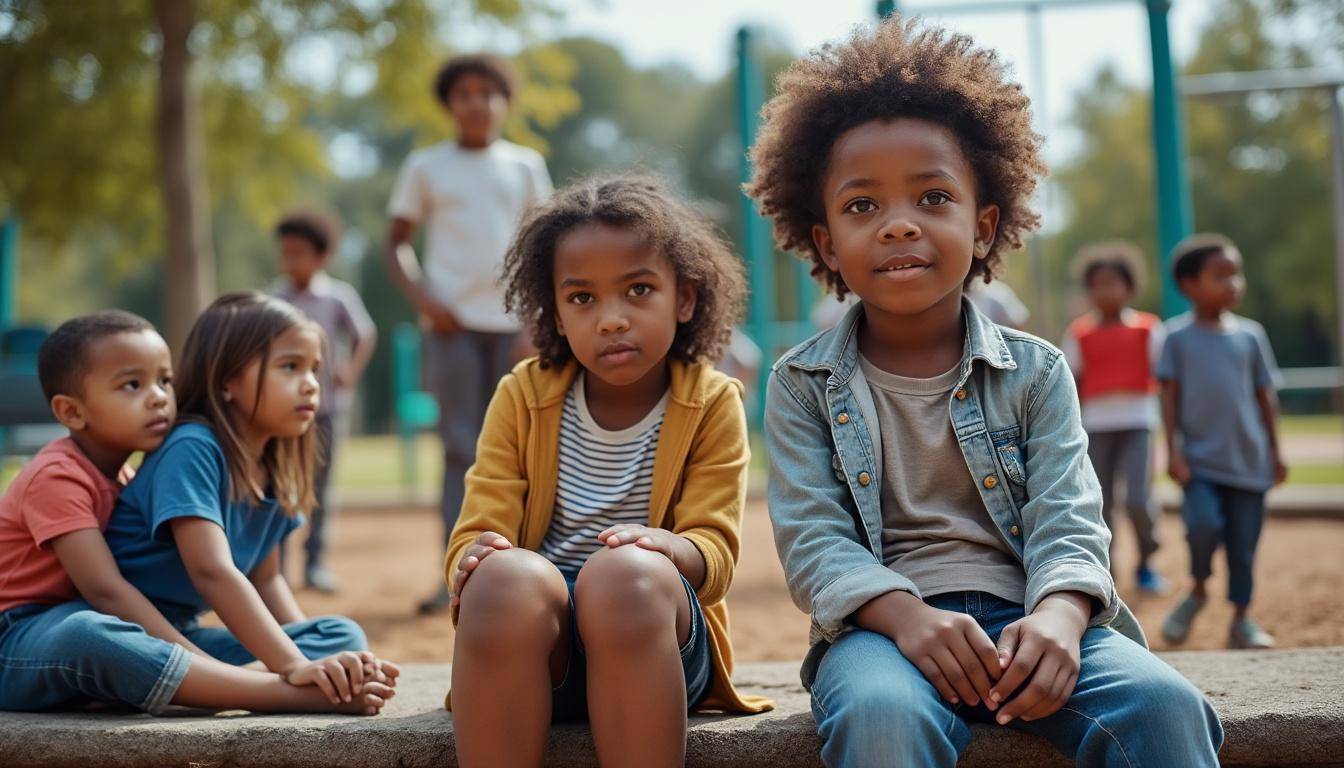Maryland’s performance in national assessments of children’s well-being tells a complex story, reflecting notable progress intertwined with significant challenges. Despite economic improvements for many families, setbacks in education and childhood health indicators temper the state’s overall ranking. This nuanced picture emerges from the latest 2024 KIDS COUNT Data Book by The Annie E. Casey Foundation, which ranks Maryland around the middle among U.S. states. Understanding the factors behind these rankings is crucial for educators, parents, and policymakers aiming to elevate children’s quality of life across the state.
Challenges in Maryland’s Children’s Well-Being Affecting Education and Health Outcomes
Maryland’s ranking, placed near the median nationally, reflects mixed results in domains impacting child well-being. While economic stability for families has improved, declines in educational results and childhood health indicators signal areas needing attention. For example, chronic absenteeism and adverse childhood experiences remain significant obstacles, hindering children’s academic progress and long-term health.
- Economic Well-Being: 20% of children in Maryland have parents without secure employment, a slight improvement from previous years but still a concern.
- Educational Achievement: The state’s education indicators, including readiness and attendance, have shown downward trends, affecting overall rankings.
- Child Health: Increased rates of deaths among children aged 1 to 19 in 2022 highlight ongoing health challenges.
- Family and Community Factors: Housing affordability and health insurance coverage gaps persist as barriers to optimal child development.
The Children’s Health Fund and the Children’s Defense Fund emphasize the importance of addressing these intersecting issues to ensure holistic child well-being. Initiatives from organizations such as Reach Out and Read, which supports early literacy, and Boys & Girls Clubs of America, offering after-school programs, provide valuable resources to counterbalance some hardships faced by Maryland’s youth.
Impact of Emotional and Social Environment on Children’s Performance and Well-being
The relationship between family beliefs, community support, and children’s academic and social skills is critical. Parental engagement significantly influences children’s social development and school success, as highlighted by recent studies. Creating supportive home environments is equally essential to nurture confidence and motivation in students. For families, balancing work demands and childcare affordability remains a daily struggle, affecting children’s psychological stability.
- Parental Engagement: Active parental involvement fosters resilience and better academic outcomes in children.
- Social Support Systems: Community programs can alleviate the mental health pressures faced by youth.
- Home Environment: Enhancing learning spaces at home contributes to sustained educational gains.
Insights on these topics can be explored further in how parental engagement nurtures social skills and how family beliefs impact education. The Children’s Defense Fund advocates for policies supporting families in these domains to improve overall child well-being.
Programs and Policy Efforts Addressing Child Well-Being in Maryland
In response to the mixed rankings, several organizations and stakeholders are intensifying their efforts in Maryland to support children and families. The Annie E. Casey Foundation continues to guide policymaking with its annual KIDS COUNT reports, while other groups like Save the Children and First Focus emphasize evidence-based interventions focusing on health, education, and community stability.
- Early Childhood Education: Investments in pre-K programs aim to improve school readiness, aligning with outreach from programs like Reach Out and Read.
- Health Initiatives: The National Milk Producers Federation supports nutritional programs to address childhood hunger and promote healthier development.
- Community Engagement: Boys & Girls Clubs of America are expanding youth development opportunities in underserved areas.
- Policy Advocacy: Unicef USA and Children Now lobby for child-friendly public policies that prioritize well-being and education equity.
Families and educators seeking balance between education and well-being can discover tailored strategies at Education to the Top’s guide on balancing education and well-being. Additionally, specific programs focusing on active engagement of children suggest promising approaches, detailed in active engagement research at the University of Minnesota.
Key Strategies for Enhancing Child Well-Being Outcomes
Improving Maryland’s overall child well-being rankings demands a multifaceted approach involving education, health, family, and community support. Stakeholders highlight several evidence-based strategies to catalyze progress:
- Enhancing School Readiness: Prioritize high-quality pre-K education accessible to all children.
- Reducing Chronic Absenteeism: Implement community-driven attendance initiatives and address barriers such as transportation and health care.
- Promoting Mental and Physical Health: Expand access to health programs and early intervention services.
- Supporting Families Economically: Strengthen employment opportunities and affordable childcare resources.
Exploration of supportive home environments can be enriched through resources like fostering supportive home environments for learning. Moreover, cultivating effective parenting practices remains a cornerstone, with helpful expertise available at developing effective parenting practices for school success.


